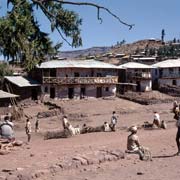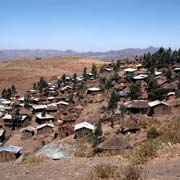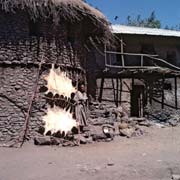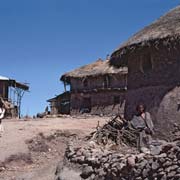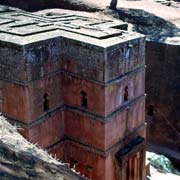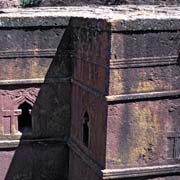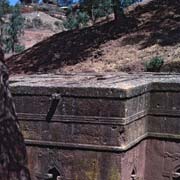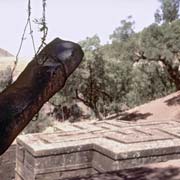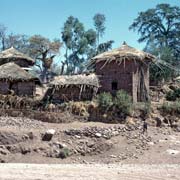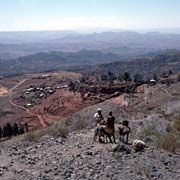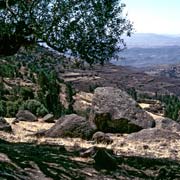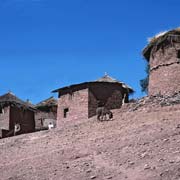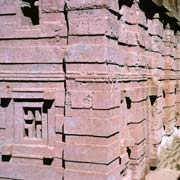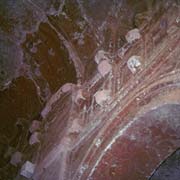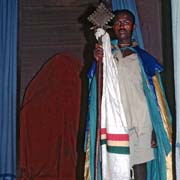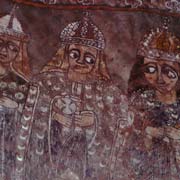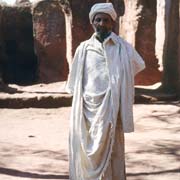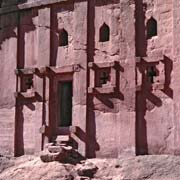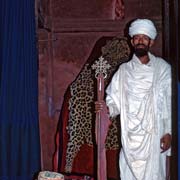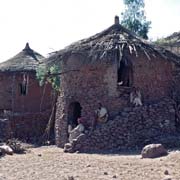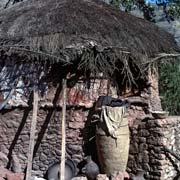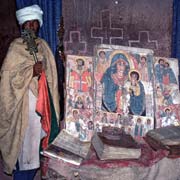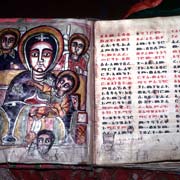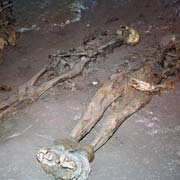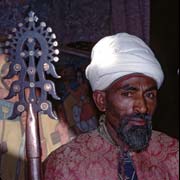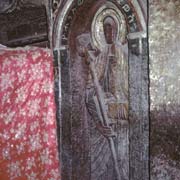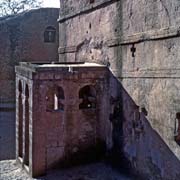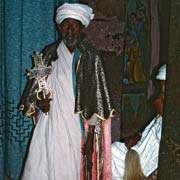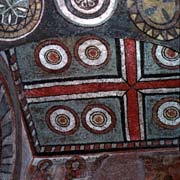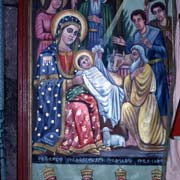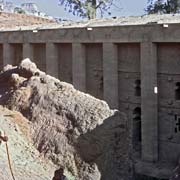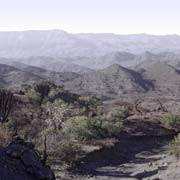Photos of Lalibela and its rock-hewn churches, Ethiopia
Lalibela and its rock-hewn churches
Lalibela, named after its 13th-century royal founder, is a small town of about 15,000 inhabitants in the Semien Wollo Zone of the Amhara ethnic division. It is at an altitude of 2,500 metres and surrounded by a rocky and dry area where farmers grow their crops only in the rainy season. It is a friendly traditional village with circular-shaped houses.
you may then send it as a postcard if you wish.
Lalibela is the site of a spectacular complex of 11 rock-hewn Christian churches in mountainous north-central Ethiopia. The churches are of two types: shrine-like caverns, of which there are four, carved into natural cavities in the mountain slope; and seven monolithic freestanding structures, the foundations of which descend deep into the rock plateau. The freestanding churches, which are still used for worship, are built on a cruciform plan. Three equilateral crosses, carved one inside the other, decorate the roofs, level with the plateau. The church interiors were initially covered with mural paintings of scenes from the life of Christ, few of which survive. Accompanying geometric and floral motifs bear the influence of Coptic art and architecture. The churches are connected by small passages and tunnels. Lalibela was designated a UNESCO World Heritage Site in 1978.
King Lalibela, whose name means “even the bee recognises his sovereignty”, was one of the rulers of the Zagwe dynasty, whose leaders had risen up in the tenth Century and seized powers from the kings of Aksum. There are a lot of legends about King Lalibela. One is that his older brother poisoned him and, while he slept for three days, he was brought to heaven, where he was shown a city of rock-hewn churches which he then decided to replicate. Another legend says he went into exile to Jerusalem and got a vision to create a new Jerusalem. So, it is said, Lalibela and his workmen, aided by angels, carved out the eleven churches of living rock on the site of Rowa, the capital of the Zagwe dynasty, which ruled over Ethiopia from the 10th Century to the mid 13th Century. Roha was renamed “Lalibela” in the builder’s honour.



